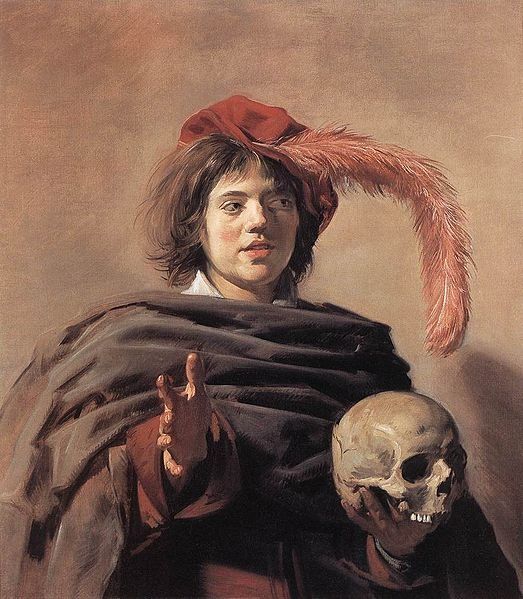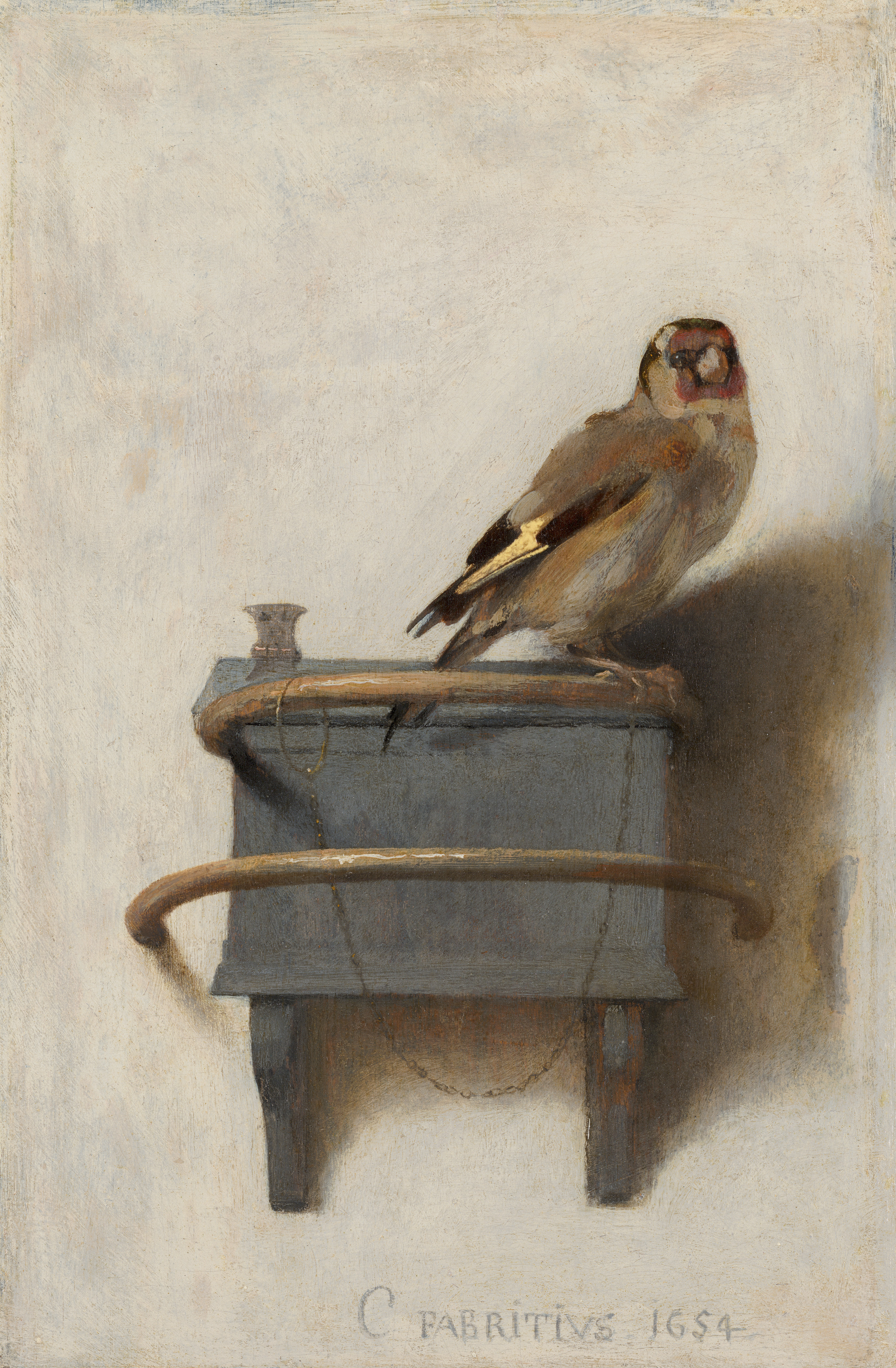Sipped Ink vol 5 issue 1
The Goldfinch pp1-34
Here we go then. What an intriguing first 34 pages — and, from my point of view, a kind of ideal point at which to pause for the first set of thoughts on the book.
What are our first impressions of Theo? We’re introduced to him as a recluse, and possibly a fugitive from the law. What’s more, if we take the trouble to translate the snatches of Dutch headlines that he puzzles over we learn that he may have something to do with ‘an unsolved murder’. Indeed, perhaps the description ‘an American with a criminal record’ even refers to him. And from here we’re taken back into his youth, where we find him equally curious. This whole opening scene of young Theo’s outing with his mother is overshadowed by his fear of potential impending punishment for transgressions small (associating with smokers) and not so small (trespassing; petty theft), and so our impression of him is coloured by those things. But, at the same time, Theo appears to us as thoughtful and sensitive. His is also perhaps a little unusual: what kind of 13 year old knows Rembrandt paintings by their titles, and can correct his mother on the geographical setting of Salinger novels? But perhaps these things speak more to his upbringing, and if that’s the case—it’s made quite clear to us—they speak more to his relationship with his mother than to his father.
The presentation of Theo’s mother in the opening moments of the novel are striking. We are told that she is beautiful, but—as Theo remarks—that is secondary. The glimpse we get of her as a person is where she comes across to the reader as remarkable. She is a person entirely in touch with the world: conversing with anyone and everyone, knowledgable about art and history, and yet capable of being dazzled by the sight of a simple birthday gathering. For Theo she is a lens through which he sees the world, both as a young boy and (we might assume from what little we have to go on thus far) to some extent as an adult.
Another big presence early in the novel is art itself. That an early sequence spends time describing various works by Rembrandt and Hals is quite deliberate on Tartt’s behalf. And in particular our eye is drawn to Theo’s mother’s observations regarding the natures mortes works:
They want it all as detailed as possible because even the tiniest things mean something. Whenever you see flies or insects in a still life — a wilted petal, a black spot on the apple — the painter is giving you a secret message. He’s telling you that living things don’t last — it’s all temporary. Death in life. That’s why they’re called natures mortes. Maybe you don’t see it at first with all the beauty and bloom, the little speck of rot. But if you look closer — there it is. (p26)


This first two days of reading brings us just to the point at which we encounter the Fabritius painting that lends the novel its title. As Theo’s mother tells him, Carel Fabritius (1622-54)—a pupil of Rembrandt’s, and himself and instructor to Vermeer—was killed (and most of his works destroyed) by an explosion at a gunpowder warehouse next to his studio in the Dutch city of Delft.
‘The Goldfinch’(1654) is his most well-known surviving work, and the painting is now part of the permanent collection at the Mauritshuis Museum in The Hague, just north of Delft. The museum has an absolutely outstanding microsite dedicated to the painting, which I thoroughly recommend spending some time with when you have a good size screen available and can turn your volume up.

Here’s something we should discuss briefly: I’ve mentioned before that a film adaptation of this novel is due for release in September, and you may have noticed that this week the trailer was released. This threw me for a bit of a loop to be honest; at first I was about to fire off an emergency email warning against watching it, and I still think that’s probably the best course of action. For one thing, one of the great pleasures of reading a novel is in bringing to life the characters in your mind — being presented with the faces and voices of actors in those roles will necessarily alter how that works for you in reading The Goldfinch. Secondarily, there’s the matter of that burden of our connected age: spoilers. My initial reaction to the trailer was that it gives away quite a lot. Certainly some major plot points are revealed, and characters from later in the novel which it might not serve the reader to have in mind. As such my recommendation is to save the movie trailer for when you finish the novel, at which point (if you’re anything like me) you’ll be glad of any new way to be in touch with the world of this story. For this reason I’m not linking it here, but I’m also not your father and you can do precisely what you want. If you do watch it I’d ask you not to openly discuss it with other read-along participants until we’re much later in the book.
If you do want something to watch here’s a short interview with Donna Tartt from 1992 discussing her debut novel, The Secret History. Tartt doesn’t give many interviews, and I find her quite a fascinating character in her own right. Obviously there’s no discussion of The Goldfinch here, but you might be interested in her thoughts and feelings on poetry, suspense, character development, and her time at Bennington College. (NB. There are also no spoilers for The Secret History.)
That’s it for this week. I hope you enjoyed the opening of the novel, and that you’re excited to continue reading in the weeks to come. I for one could live inside Tartt’s descriptions of New York or Amsterdam, and we’ve only just begun to explore these places and the people with whom she so expertly populates them. I’ll see you back here next Sunday.
— A
⏎ Return to the